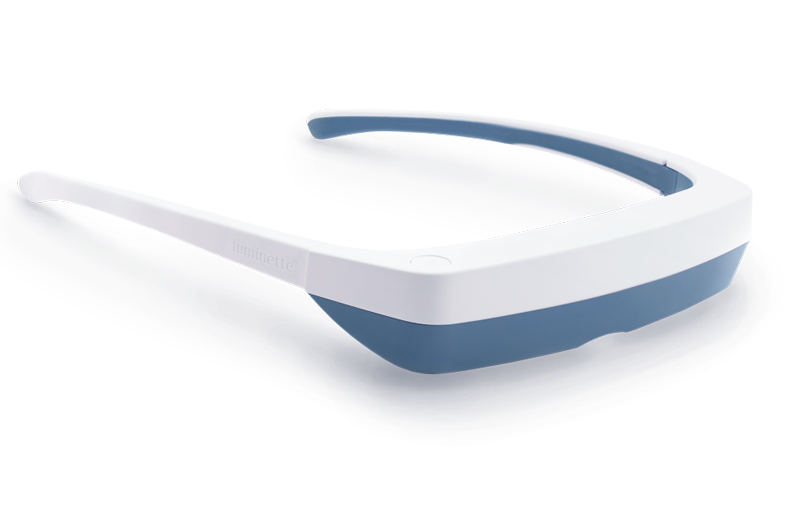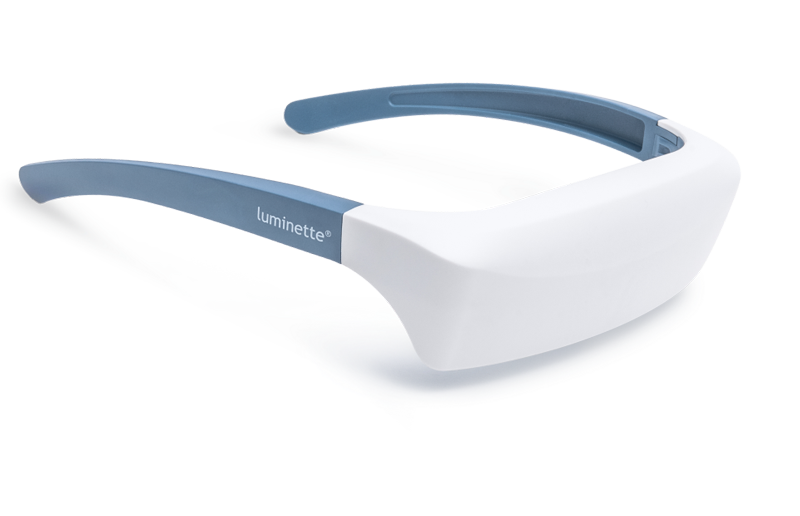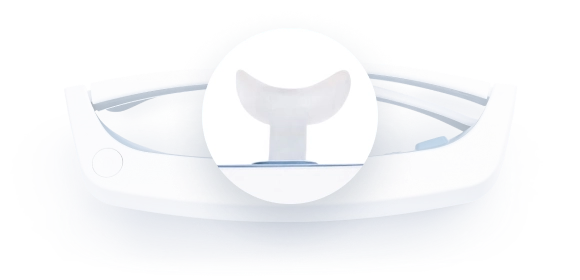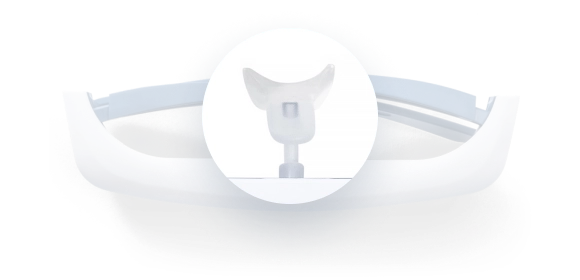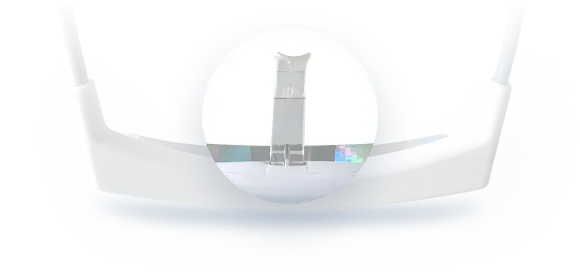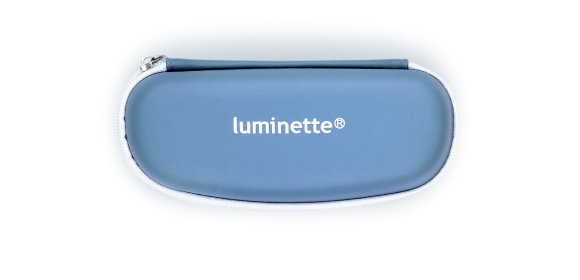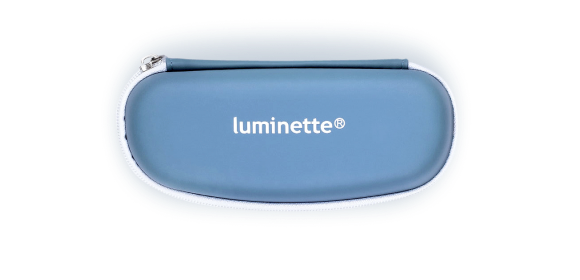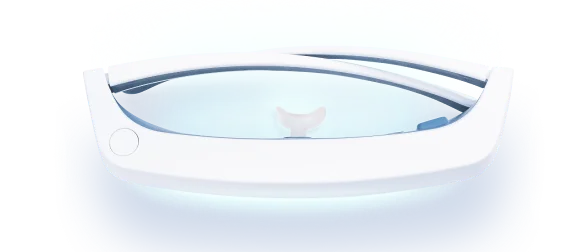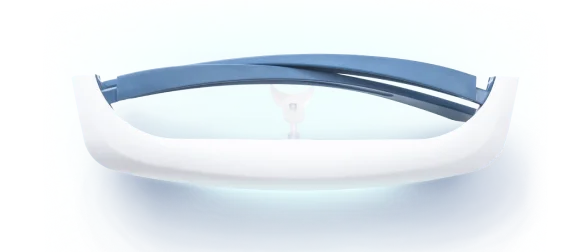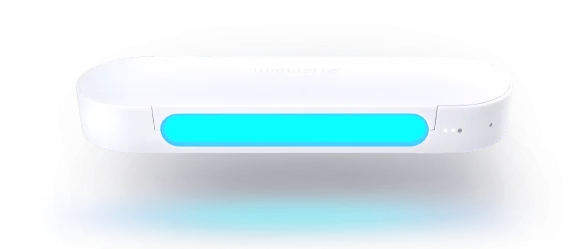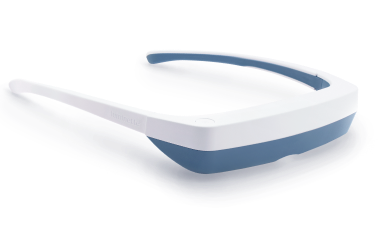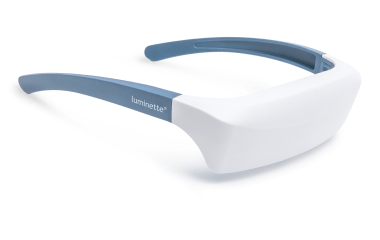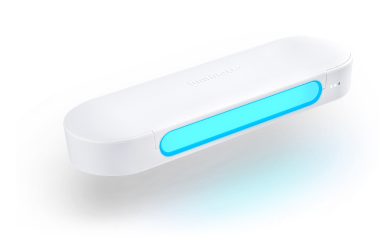Exposure to light at specific wavelengths is touted as an effective treatment for various physiologic conditions. Light therapy glasses are the latest innovation in light therapy treatment.
But do light therapy glasses really work?
Light therapy glasses are used to treat physiologic conditions by using “specialized glasses” to send light to the eye to stimulate the production of feel-good hormones and regulate sleep hormones.
This article will answer this question and more. Specifically, we’ll examine what light therapy and light therapy glasses are, how they work, and the conditions they treat.
What is light therapy?
Light therapy involves exposure to outdoor daylight or specific indoor light sources that mimic natural sunlight. It compensates for the lack of exposure to sunlight, which may be causing the condition you want to treat.
Light therapy is often referred to as phototherapy or heliotherapy. It is a method recognized by scientific medicine to treat various conditions.
Light therapy can be traced back to the ancient cultures of Greece, Egypt, and Rome. The early use of the remedy involved exposure to natural sunlight.
However, modern applications of light therapy use artificial light sources for phototherapy. Niels Finsen, who developed the first artificial light source for light therapy treatment, is the father of modern phototherapy.
Modern light therapy boxes have fluorescent lights on metal reflective bases and plastic screen top coverings, which diffuse the light and filter out harmful UV (ultraviolet) rays. The machine gives off a bright light that mimics outdoor sunshine, boosting melatonin, serotonin, and vitamin D.
The invention of artificial light sources now makes the use of light therapy very easy. All it takes is to sit close enough to the light therapy box, plug it in, and turn it on.
You don’t have to look directly at the light from the machine. Instead, your eyes will pick up the light indirectly as you sit near enough.
What are light therapy glasses?
Light therapy glasses are the latest invention in phototherapy. They are eyeglasses with an artificial light source that allows phototherapy treatment on the go.

Light therapy glasses are similar to light therapy boxes or lamps in operation. They give out bright light, simulating outdoor sunshine, to provide all the benefits of sunlight (like boosting mood stabilizers like serotonin).
The unique advantage of “light therapy glasses” over traditional “light therapy boxes” is convenience. The conventional light therapy boxes require you to remain close to the artificial light source. But the light therapy glasses offer you complete freedom of movement.
The special glasses have an artificial light source just above the eyes, allowing you to have your phototherapy treatment whenever and wherever you wear the glasses.
The Luminette glasses are some of the best light therapy glasses on the market. Being lightweight and comfortable, they resemble fancy glasses you can wear anywhere and anytime. More importantly, they have a unique mechanism that sends light into your eyes with no glare and no effect on vision.
Is light exposure therapy effective?
Light exposure is an effective remedy for many physiologic conditions because it triggers the production of the feel-good hormone serotonin and regulates the sleep hormone melatonin.
Light exposure and mood
Natural light affects mood. By simulating sunlight, light exposure therapy reproduces the many benefits of natural sunlight. For example, it triggers the production of the brain’s chemical serotonin in the same way as natural light.
When sunlight enters your eyes, it stimulates a part of your retina that sends a message to your brain to produce serotonin. The brain chemical is aptly called a “feel-good hormone,” as it helps to regulate mood and emotions.
Light exposure therapy (like the Luminette glasses) sends sunlight-mimicking light to your eyes and stimulates the production of serotonin to regulate mood and emotions. Thus, Luminette is perfect for treating physiologic disorders like winter blues and sleep disorders.
Light exposure and the circadian rhythm
Exposure to sunlight also affects the circadian rhythm. The body’s internal clock is controlled by sunlight. Light signals the body to be awake, while darkness signals it to fall asleep.
The body’s response to light/dark cycles is tied to the sleep hormone melatonin. Darkness stimulates the brain to produce melatonin, which induces sleep, while light exposure slows the production of the hormone to promote wakefulness or alertness.
So, when light exposure therapy (like the Luminette glasses) sends light into your eyes, it resets the circadian system and regulates the sleep hormone melatonin, improving sleep. Thus, Luminette is perfect for treating physiologic conditions like jet lag, insomnia, and morning sleepiness.
What are light therapy glasses used for?
Light therapy glasses are used for treating a variety of physiologic conditions. These include:
- Extremely low mood
- Winter blues
- Insomnia
- Morning sleepiness
- Jet lag
Extremely low mood
Light therapy glasses help in fighting extremely low mood, as they stimulate the production of feel-good hormones to lift the mood.
Excessively low mood causes the sufferer to lose interest in virtually everything, resulting in deep sadness.
Light exposure therapy improves symptoms of low mood by balancing the activation of serotonin circuitry in the brain. As a feel-good hormone, serotonin helps regulate mood.
Light therapy glasses improve mood because they get the body back to its natural rhythm. They regulate the sleep hormone and reset the biological clock to give you stable and consistent sleep patterns.
Winter Blues
Light therapy glasses help treat winter blues because they send light to the eyes to compensate for the reduced exposure to sunlight causing the condition.
Winter blues is a type of depressive disorder that occurs only during a particular time of the year, specifically winter, when there’s less daylight.
The winter days come with shorter daylight hours, causing the body to produce more melatonin. The higher levels of the sleep hormone in the system cause lethargy and symptoms of depression in some people.
The Luminette light therapy glasses fight winter blues, as they provide the benefits of sunlight in every season. Even during winter, Luminette gives you “your own sun.” When you wear the glasses, you’ll have sunlight-simulating light just above your eyes, stimulating the production of serotonin to boost your mood.
Insomnia
Light therapy glasses are used to treat insomnia because they regulate the sleep hormone melatonin to give stable and consistent sleep patterns.
Insomnia is a sleep disorder. Insomnia is generally divided into two—delayed sleep phase disorder and advanced sleep phase disorder.
Advanced Sleep Phase Insomnia
People suffering from the “advanced sleep phase” kind of insomnia find it hard to stay asleep. Usually, they go to sleep too early and wake up in the middle of the night. Then they are unable to get back to sleep.
Light therapy glasses are perfect for treating advanced sleep phase insomnia. Doing the therapy in the evening will promote wakefulness, preventing you from going to sleep too early. This makes it easier to fall asleep later, and you’ll sleep soundly without waking up too early. Light therapy will help sufferers of advanced sleep phase insomnia to gain 0.5 - 2 hours of sleep.
Delayed Sleep Phase Insomnia
People suffering from the “delayed sleep phase” kind of insomnia find it hard to fall asleep in the evening. They may also find it difficult to wake up in the morning.
Light therapy glasses also treat delayed sleep phase insomnia. When you can’t wake up in the morning, do the light therapy. Exposure to the light instantly promotes wakefulness and alertness. This makes it easy to fall asleep when night comes.
Morning sleepiness
Light therapy glasses help fight morning sleepiness, as they inhibit the production of the sleep hormone (melatonin) and promote wakefulness and alertness.
Morning sleepiness causes one to wake up tired and unable to go through the day. Phototherapy helps with morning sleepiness because of how the body responds to light.
One of the times the circadian clock is most sensitive to light is just after the usual wake-up time. So, exposure to bright light at this time will slow or inhibit the production of the sleep hormone, promoting wakefulness and alertness.
Jet lag
Light therapy glasses improve symptoms of jet lag by resetting the body’s circadian clock.
Jet lag is a circadian disorder that occurs after high-speed travel across multiple time zones. It happens because the body’s internal clock is still attuned to the timezone of the previous location. It messes up your sleep/wakefulness cycle, making you feel sleepy when it’s daytime and awake when it’s night.
Light therapy regulates the sleep hormone melatonin to reset the body’s circadian clock. When it’s daytime, but you feel sleepy because your circadian system says it’s night, you can wear the glasses to send light to the eyes and promote wakefulness. Since they’ll keep you awake, it’ll be easier to fall asleep later. As a result, you’ll adjust to the new time zone more quickly.
Are light therapy glasses safe?
Light therapy glasses are generally safe and low-risk, as they do not damage the eyes or hinder vision, and they are noninvasive.
-
Light therapy glasses do not damage the eye. The light therapy glasses send light into the eyes with no glare, so they do not damage the eyes. In fact, there is no evidence of ocular damage as a result of light therapy. Luminette implements several means of protection, earning it a “risk-free product” certification.
- First, the intensity of the light it sends into the eye is weak (1,500 lux at maximum intensity). By comparison, our eyes receive 50,000 - 100,000 lux on a good summer day.
- Secondly, the light spectrum is devoid of UV and infrared, and it starts at 450 nm, which is safe for the eyes.
- Thirdly, it sends light indirectly to the eyes via a holographic reflector. This prevents the concentration of light energy, which causes glare.
- Light therapy glasses do not hinder vision. The light source is ergonomically positioned above the eyes so they do not obstruct vision.
- Light therapy glasses offer a noninvasive remedy. The glasses provide an alternative to medical interventions (like medication).
Conclusion
Light therapy involves exposure to specific light sources, simulating natural sunlight to produce the benefits of the sun, like boosting serotonin and regulating melatonin.
Light therapy glasses are the latest invention in phototherapy and are an alternative to traditional medical interventions. The “device” adds an artificial light source to a pair of glasses to allow phototherapy treatment on the go.
Luminette are some of the best light therapy glasses on the market. Weighing only 51 g and equipped with an ergonomic nose rest, you can wear it like any pair of glasses and go about your normal business. It does not affect vision, and you can wear it over contact lenses or corrective glasses.
FAQ
Do light therapy glasses really work?
Yes, light therapy glasses are designed to mimic natural sunlight and can help regulate your body's internal clock. This can improve mood, increase alertness, and help you sleep better.
Are light therapy glasses safe?
Light therapy glasses are generally safe to use. Current evidence shows no specific contraindications, though people with bipolar disorder are advised to use them closer to midday. Anyone who prefers added reassurance can consult a healthcare professional before starting.
How long should I use light therapy glasses each day?
The recommended usage for light therapy glasses can vary, but typically it is about 20–30 minutes per morning. However, you should follow the manufacturer’s instructions or consult a healthcare professional for personalized advice.
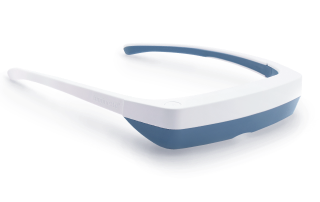
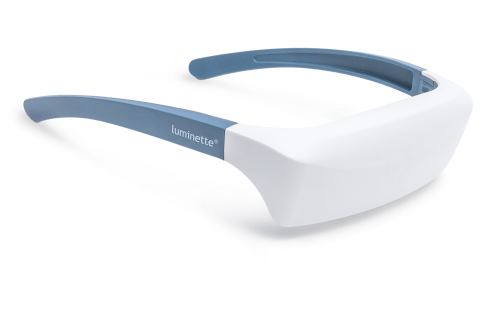
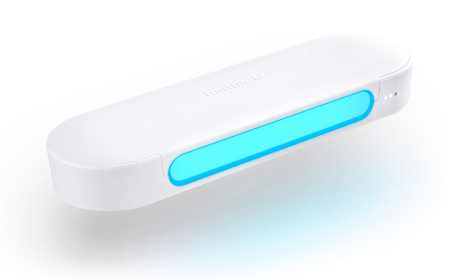
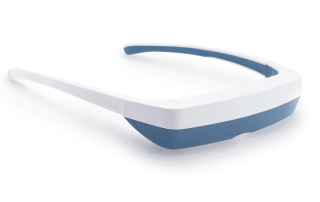
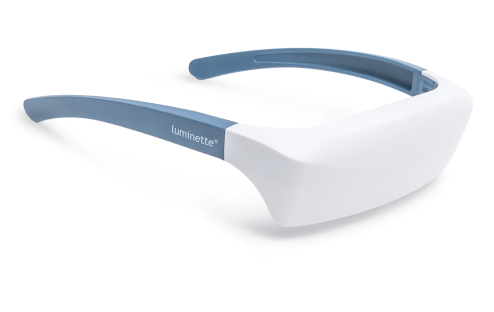
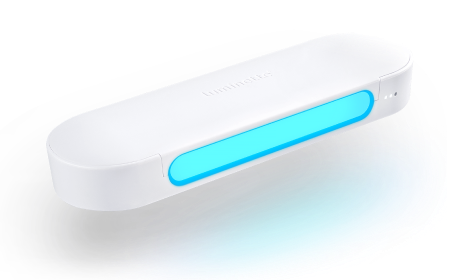
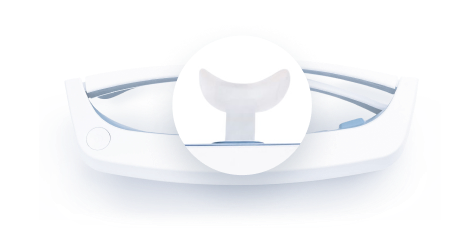
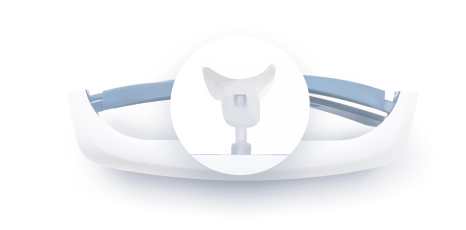
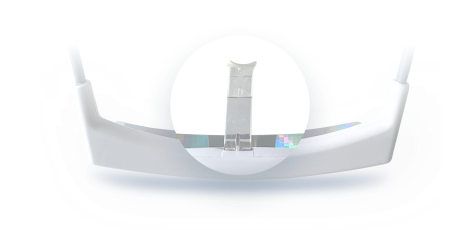
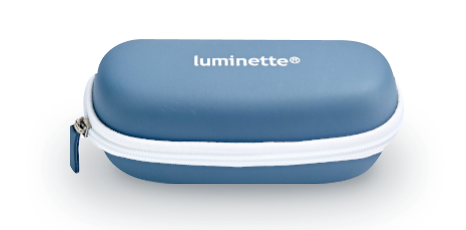
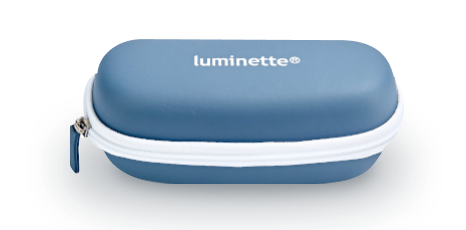
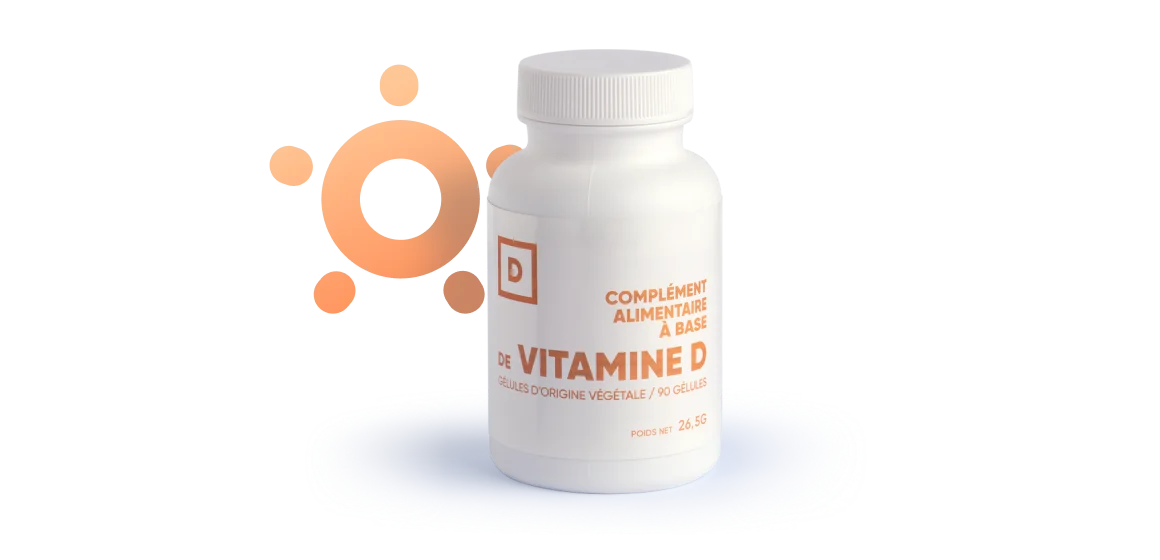



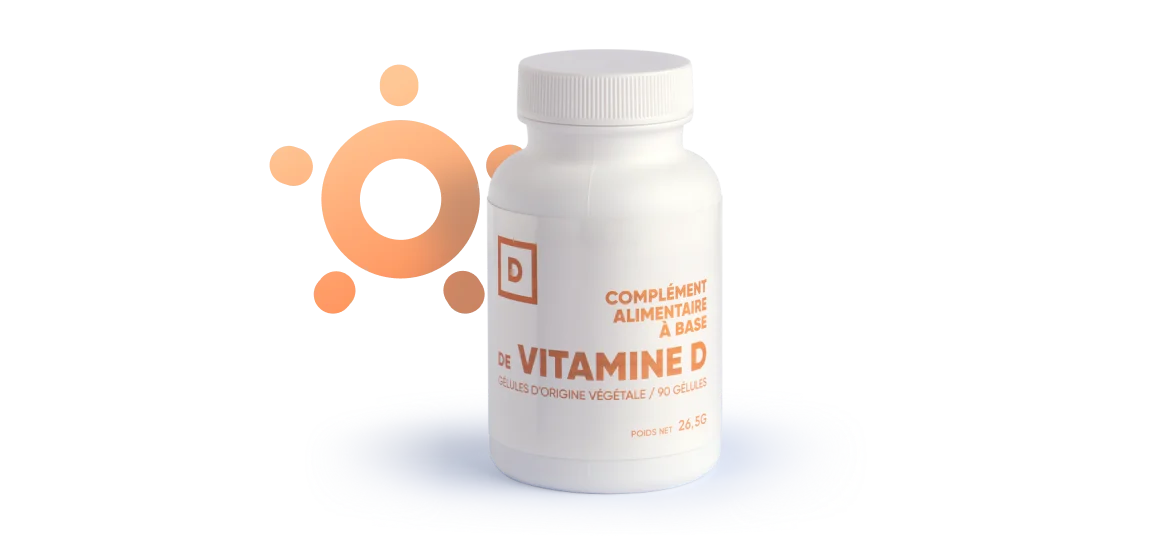
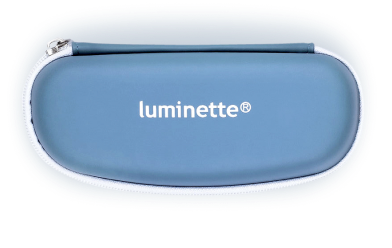
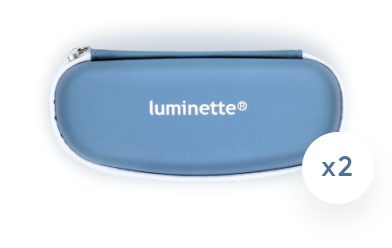
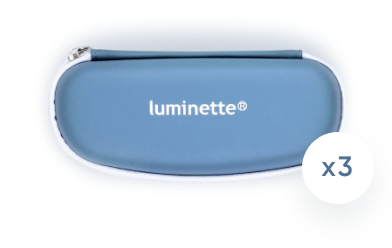
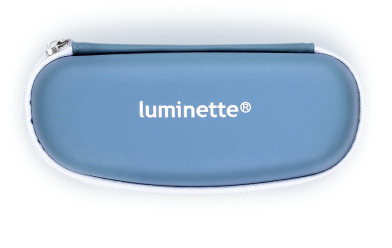
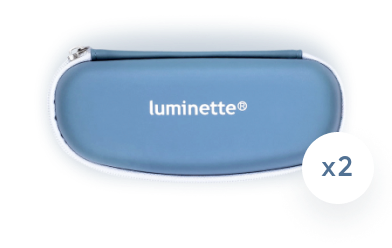
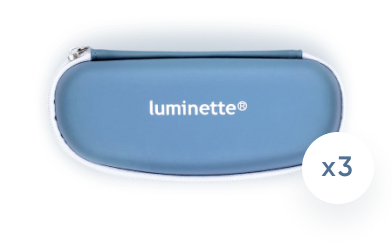
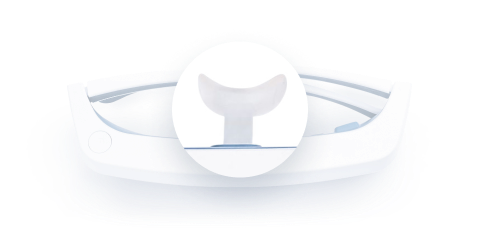
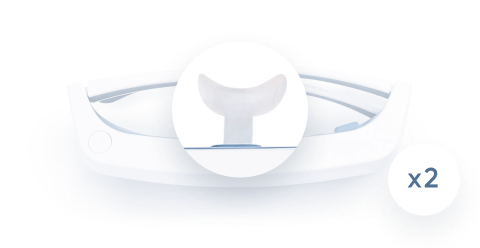
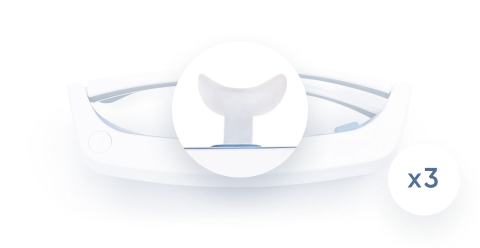
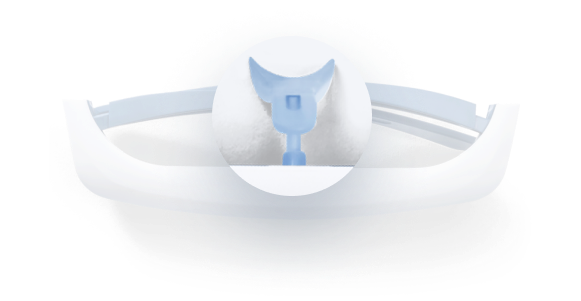
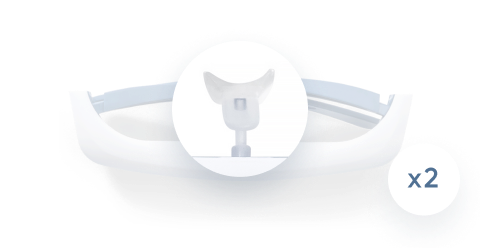
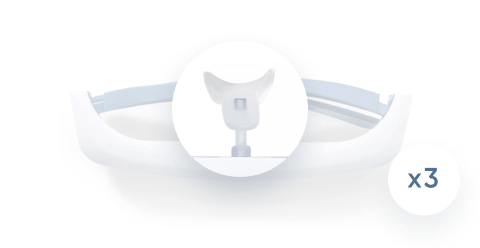
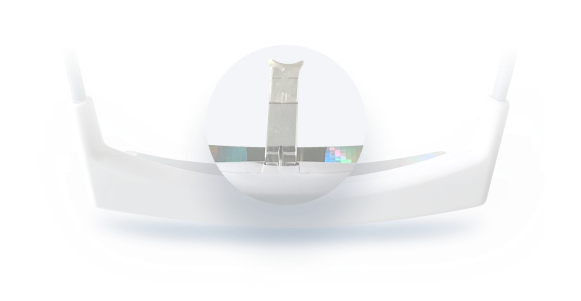
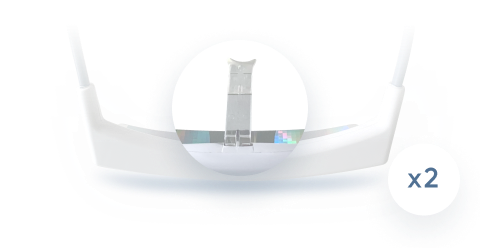
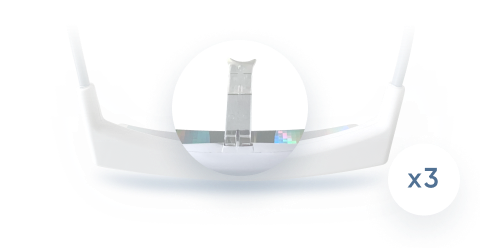
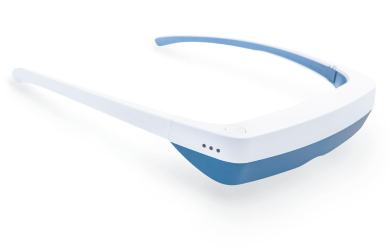

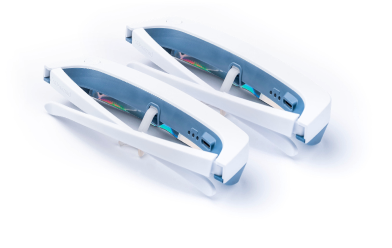
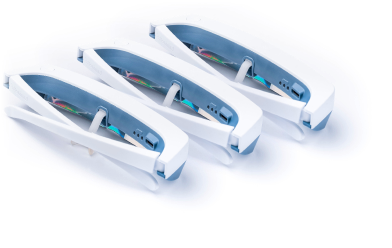
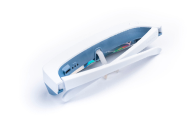
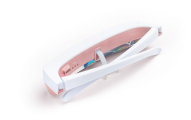
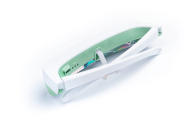
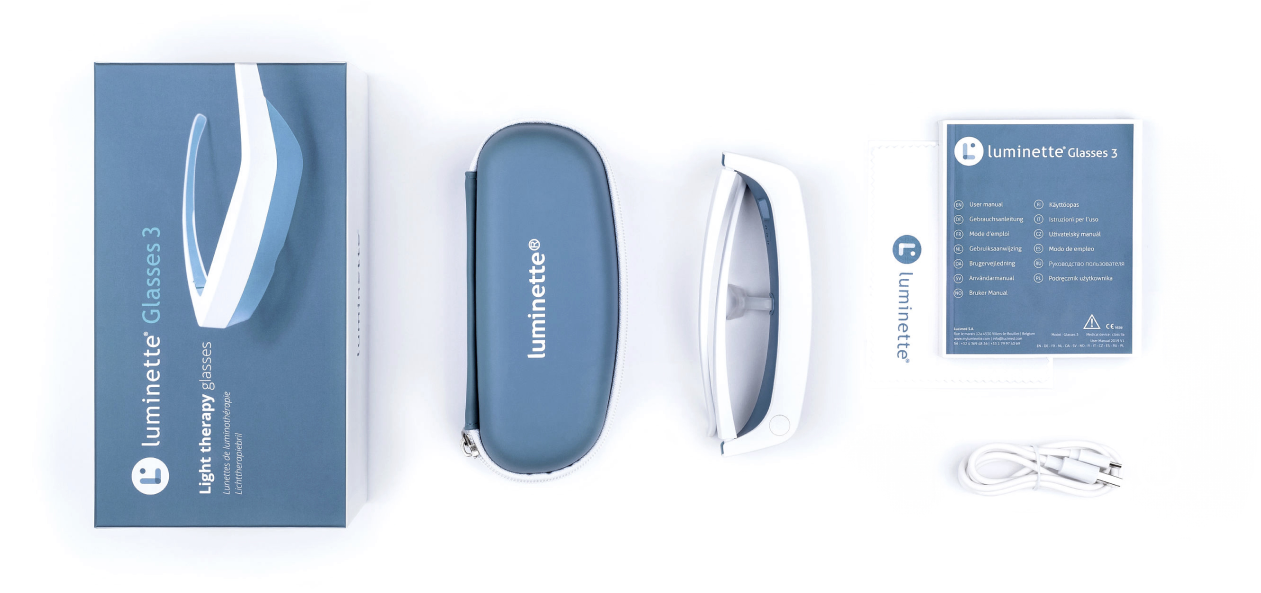
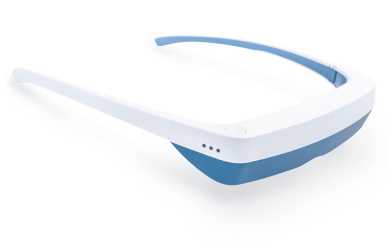
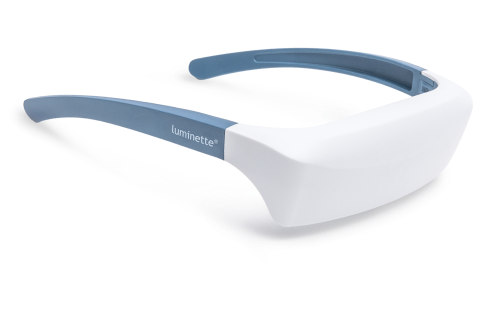
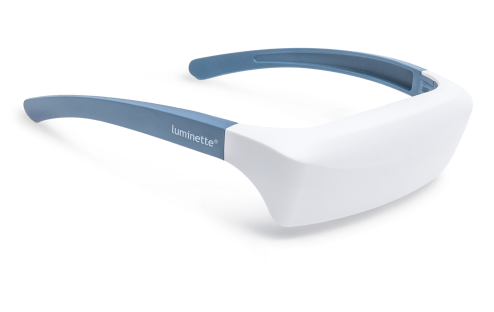
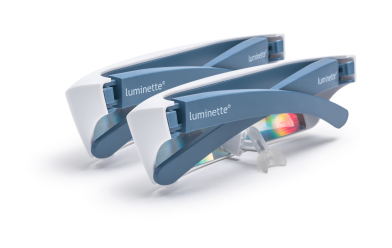
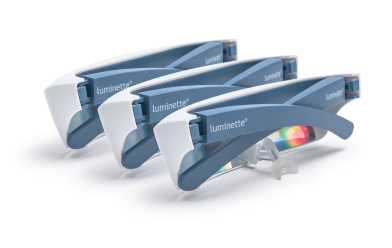
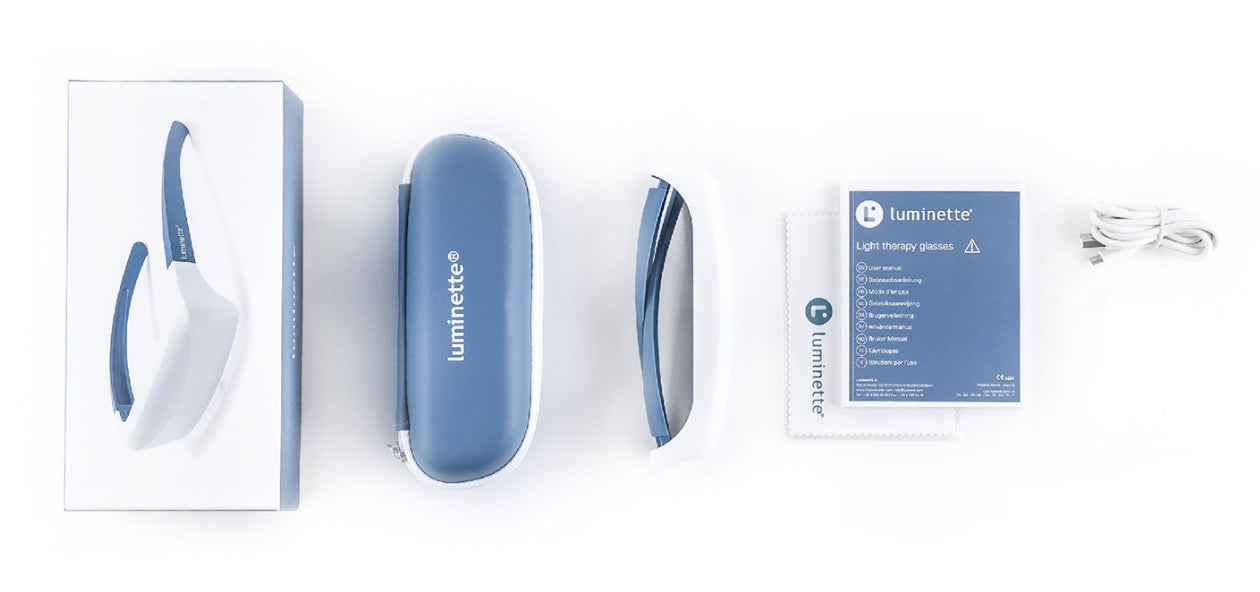
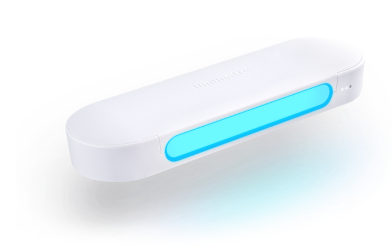
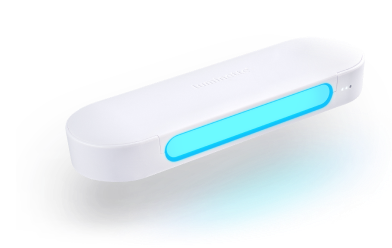
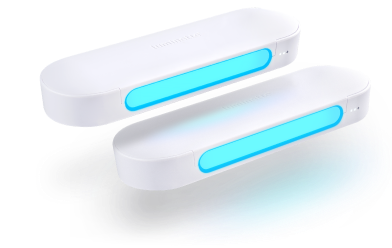
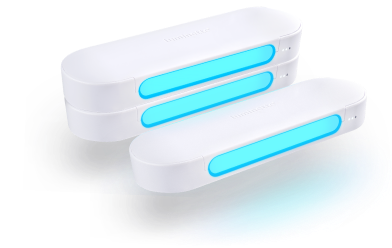
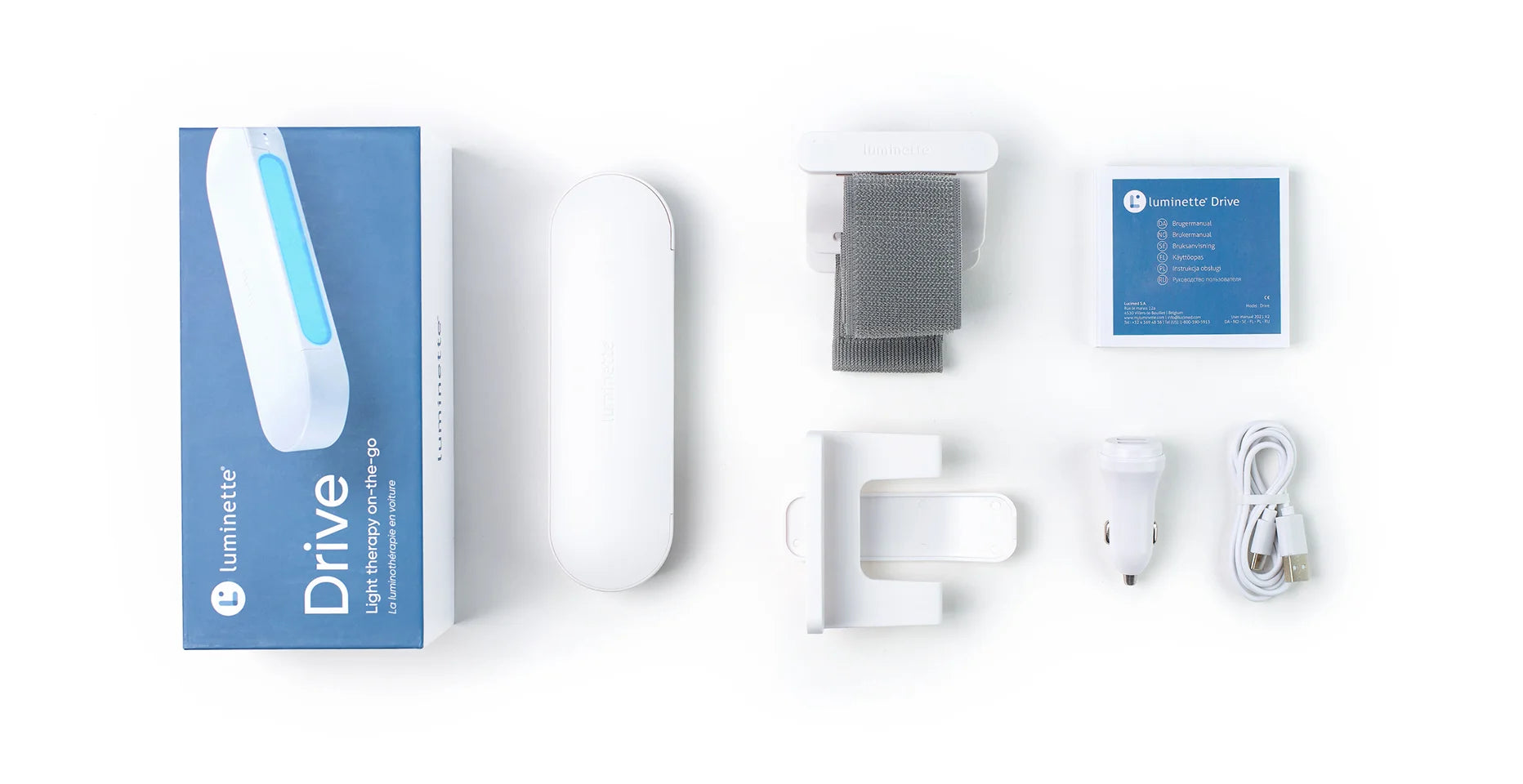

 Please note
Please note



